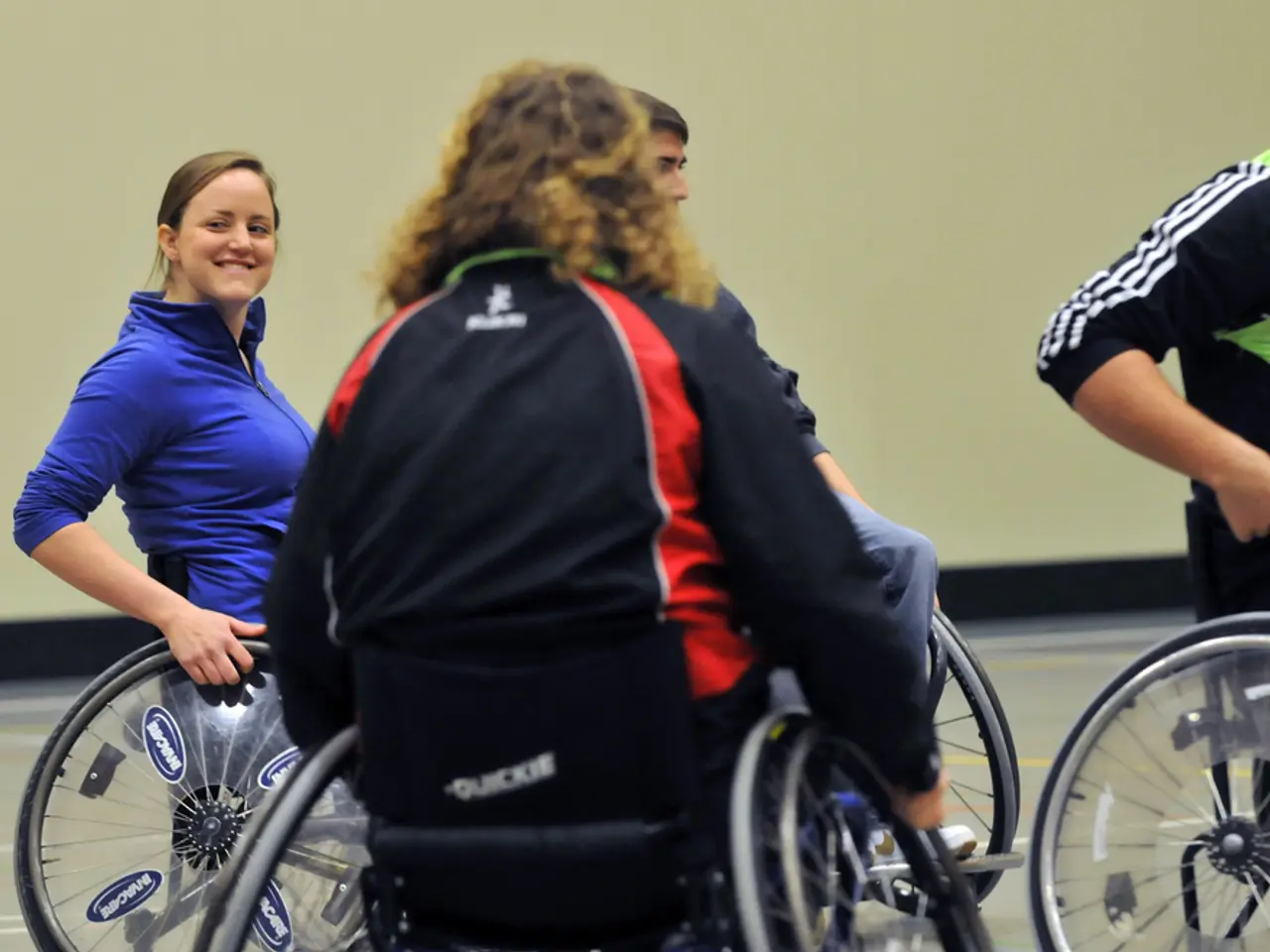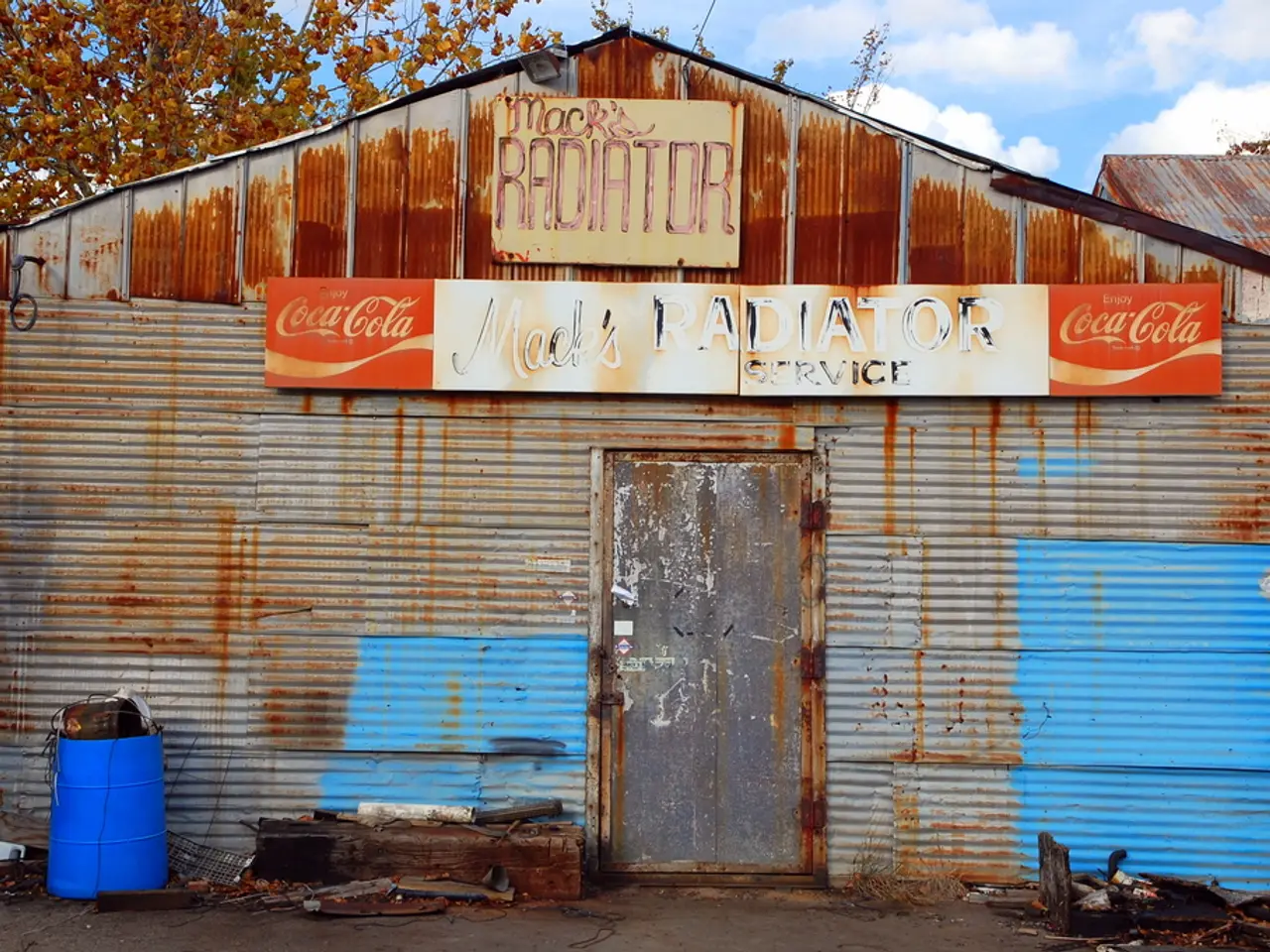Strategies for Avoiding and Managing Blisters
Preventing blisters is crucial for hikers embarking on long-distance trails such as the Appalachian Trail (AT), Pacific Crest Trail (PCT), and Continental Divide Trail (CDT). These trails require sustained daily mileage, often in varied and sometimes challenging weather conditions. This article outlines strategies, supported by expert advice and trail-tested experience, to effectively reduce the risk of blisters.
### Footwear and Sock Selection
Choosing the right footwear is paramount for blister prevention. Always wear footwear that fits properly and has been broken in during training hikes. Poorly fitting or stiff new shoes are a primary cause of blisters. Opt for moisture-wicking socks made of wool or synthetic blends to keep feet dry. A double-layer sock system (thin liner sock under a thicker hiking sock) can also help reduce friction and prevent blisters. Seamless and snug socks are recommended to prevent unwanted pressure points.
### Foot Care Routine
Keeping feet dry is important for blister prevention, especially in wetter climates. Change into clean, dry socks regularly, especially after river crossings or heavy sweating. If possible, air out your feet during breaks and consider washing and thoroughly drying them if dirty or sweaty. Inspect your feet at the end of each day, addressing any hot spots or early-stage blisters immediately.
### Proactive Blister Prevention Products
Blister prevention tape, such as Leukotape, can reduce friction on a hot spot. Friction-reducing balms, like BodyGlide or Trail Toes, can be applied to areas prone to blisters. Some hikers also use antiperspirant on their feet to reduce sweating, though this can irritate some skin types. Toughening skin is a more controversial method, but some hikers use products like benzoin tincture to harden the skin.
### Trail Strategy and Listen to Your Body
Starting slow and increasing mileage gradually can help your feet adapt and reduce the risk of overuse injuries, including blisters. Early intervention is key when it comes to addressing problems. At the first sign of rubbing or discomfort, stop and apply tape, adjust your socks, or make other changes to your footwear. Respect your body’s limits, as pushing too hard too soon is a common cause of foot injuries.
### Additional Tips
In dry conditions, consider lightweight, non-waterproof shoes or boots for better breathability and faster drying times. While some hikers use deodorant or antiperspirant on their feet, be cautious as this can cause skin irritation for some people.
## Summary Table: Core Blister Prevention Strategies
| Strategy | Details | |------------------------------------|------------------------------------------------------------------------| | Footwear & Socks | Well-fitted, broken-in, moisture-wicking, seamless, double-layer socks | | Foot Care | Keep feet clean and dry, change socks frequently, trim toenails | | Proactive Products | Blister tape, balms, hydrocolloid plasters | | Preventative Actions | Address hot spots early, start with lower mileage, toughen skin |
## Expert Consensus
While there is no guaranteed way to prevent all blisters, especially on lengthy, demanding trails, combining the above methods—proper footwear, meticulous foot care, proactive use of tapes and balms, and early intervention—dramatically reduces your risk and can keep your feet healthy over thousands of miles.
A backpacking adventure on long-distance trails like the Appalachian Trail (AT), Pacific Crest Trail (PCT), and Continental Divide Trail (CDT) requires hikers to stay fit and maintain their health-and-wellness throughout the journey. Advance preparation and fitness-and-exercise are crucial to ensure success. Employing strategies such as choosing suitable footwear, maintaining a foot care routine, using proactive blister prevention products, adopting a trail strategy that respects your body's limits, and considering additional tips can significantly reduce the risk of blisters and promote health-and-wellness during your expedition.




